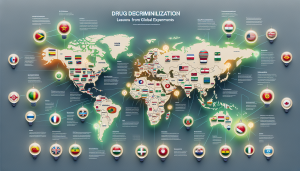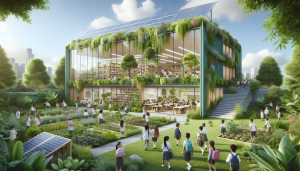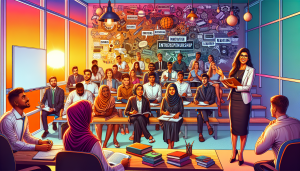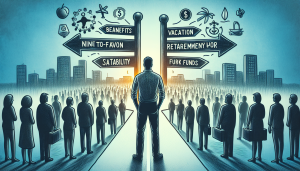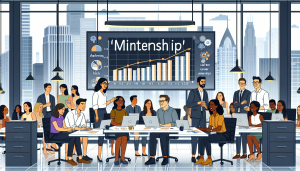Green Card Gridlock: Unraveling U.S. Immigration Backlogs
Green Card Gridlock: Unraveling U.S. Immigration Backlogs
The United States has long been known as a land of opportunities, drawing immigrants from all corners of the world. For many individuals, obtaining a green card is the ultimate gateway to the American Dream. However, in recent years, the process of obtaining a green card has become increasingly arduous and, at times, seemingly impossible. This has led to a growing frustration among thousands of individuals stuck in the Green Card Gridlock, eagerly waiting for their chance at permanent residency in the United States.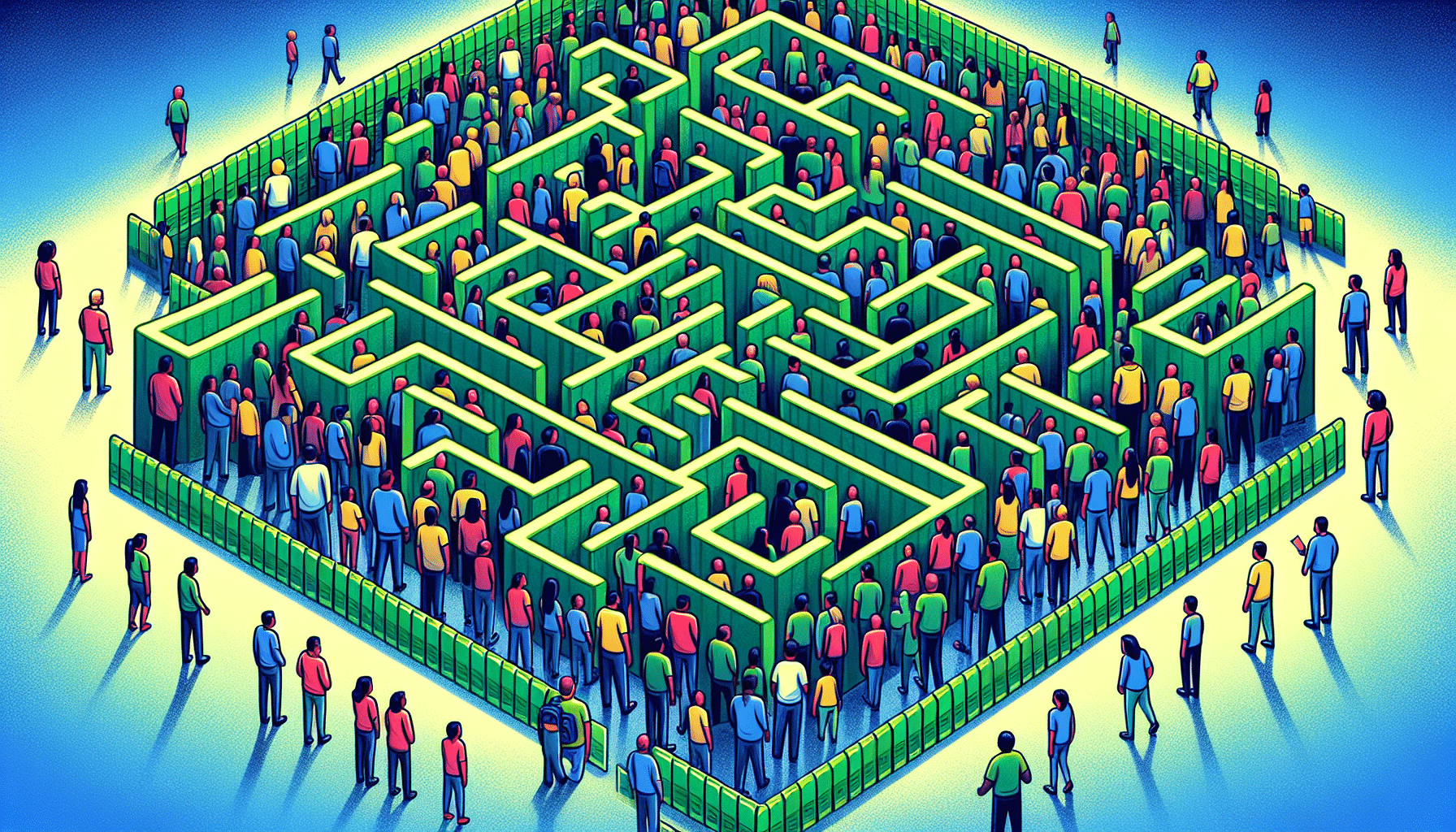
So what exactly is causing this gridlock and how can it be unravelled? Let’s take a closer look at the current state of U.S. immigration backlogs and the possible solutions to this growing problem.
Why the Backlog?
To understand the backlog, we must first delve into the process of obtaining a green card. The first step is to determine the eligibility of the individual according to the specific category they fall under, such as employment, family-based, or diversity visa. If eligible, the individual then files an application with the United States Citizenship and Immigration Services (USCIS). This is where the backlog begins.
In order to limit the number of new green card holders each year, the U.S. government places a cap on the number of green cards issued in each category. This leads to a backlog of applications as they far exceed the number of available visas. On top of that, some green card categories have a per country limit, resulting in even longer wait times for individuals from countries with higher demand for green cards.
The Consequences
The backlog has lead to significant delays in the process, with some individuals waiting for up to a decade to receive their green card. This affects not only the individuals, but also their families, employers, and communities. Families are separated, employers are affected by the lack of skilled workers, and communities miss out on the cultural and economic contributions of immigrants. Moreover, the uncertainty of the wait time can take a toll on the mental and emotional well-being of individuals and their families.
Possible Solutions
While the issue of the backlog may seem overwhelming, there are steps being taken to address it. The Biden administration has proposed a plan to modernize the immigration system and reduce the backlog. This includes increasing the number of green cards available, eliminating per country limits, and streamlining the application process to reduce wait times.
However, with a divided Congress and ongoing political debates on immigration, it may take time for these solutions to be implemented. In the meantime, individuals can explore alternative options such as temporary work visas or family reunification programs.
In Conclusion
The Green Card Gridlock is a complex issue that impacts thousands of individuals and their families every year. While there are no easy solutions, it is encouraging to see efforts being made to address the backlog and improve the process of obtaining a green card. As we continue to navigate through these challenges, it is important to remember the contributions and potential of immigrants in enriching the fabric of American society.
If you or a loved one are currently experiencing the Green Card Gridlock, know that you are not alone. Stay informed, stay patient, and continue to chase your American Dream.



